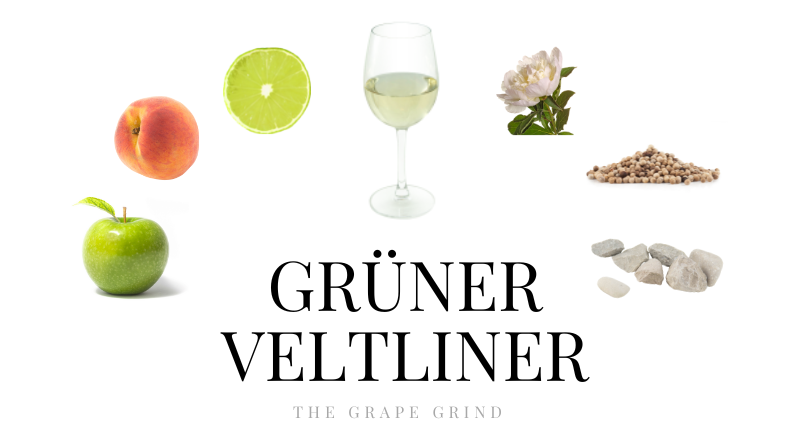
All you need to know about Grüner Veltliner: A Quick Guide
Grüner Veltliner is Austria’s signature white variety, known for its high acidity and ‘green’ vegetal or spice flavors/aromas – interesting benchmark descriptors include notes like white pepper, lentil, radish, and green bean!
Styles can vary and you can get both inexpensive light and ‘spritzy’, mineral-driven wines, as well as full, round, rich nutty, more oak-influenced wines (and plenty in between).
A few more notes on Grüner Veltliner:
- This wine didn’t gain international recognition or popularity at the end of the 20th century. Until the 90s many hadn’t heard of it – and plenty still don’t know about it! Let’s fix that.
- Grüner Veltliner is often termed Grü-Ve by Sommeliers and wine professionals (so fun!)
- Grüner Veltliner was named after the place in which it was discovered – It translates to ‘green grape from the village of Veltlin in the Tirol’
- There are many well-made, age-worthy styles of Grüner Veltliner that have been compared to quality white Burgundies
The following guide will illustrate what Grüner Veltliner tastes like (aroma, flavor, and structure). It will also tell you where it’s from, provide you with common food recommendations, similar varieties, and let you know why you should be drinking more of it!
How would I describe Grüner Veltliner?
Bright
Grüner Veltliner showcases a fair amount of acid. It’s a mouthwatering variety that is also very friendly with lots of fruit and fresh floral notes.
Zesty
Grüner Veltliner is known for some wild aromas and flavors that fall into the vegetal and spice camp. White pepper (Rotundone) is a signature feature.
Refreshing
Even the riper fuller styles have a refreshing finish! This variety brings a lot of energy to the show.
What does Grüner Veltliner taste like?

These are the most familiar tastes and aromas I typically find in a glass of Grüner Veltliner. It’s also common to find lemon, orange, grapefruit, arugula, watercress, chive, radish, lentil, pea, green bean, smoke, ginger, honey, and baking spice depending upon where the wine is from, and how it is made.
Remember, wine tastes are somewhat relative. There may be some different tasting notes you consistently find while drinking Grüner Veltliner.
Structure of Grüner Veltliner:
There is no “one size fits all” when it comes to structure for every grape, however, there IS a general range when it comes to body, acid, alcohol, and tannin for each. Below are general guidelines for classic representations. Growing conditions and winemaking techniques can impact each of the following.
Medium (-) Body
Think of that weight as a liquid scale, from water (light body) to heavy cream (full body) in your mouth. Grüner Veltliner covers a wide range, but is typically more light in body. Fuller-bodied styles are usually due to ripeness levels or oak!

Medium (+) Acid
You can judge acidity based on whether your mouth waters after you take a sip of something. The more you salivate, the higher the acid. Grüner Veltliner is known for higher acidity no matter the style!

Medium Alcohol
You can feel alcohol ‘burn’ the back of your throat when you take a sip. Grüner Veltliner falls around medium!

Where is Grüner Veltliner from?

Austria
Primarily in: Niederösterreich + Burgenland
Today, this variety is most heavily planted in Niederösterreich followed by northern Burgenland. The most renowned vineyards are planted along the Danube river.
In Niederösterreich you will usually see the sub-regions of Kamptal and Kremstal or Wachau on the label! In Kamptal and Kremstal the climate is similar and the wines are typically youthful and mineral-driven!
In Wachau, there is a designation of quality for dry wines. Here, Grüner Veltliner is classified by ripeness and alcohol level: Steinfeder (lightest), Federspiel (classic + medium bodied), and Smaragd (fullest body, most ripeness). Smaragd is usually labeled with a little lizard and can age quite a while!
You can also find Grüner Veltliner from Hungary, Slovakia, and the Czech Republic.
What do I pair with Grüner Veltliner?
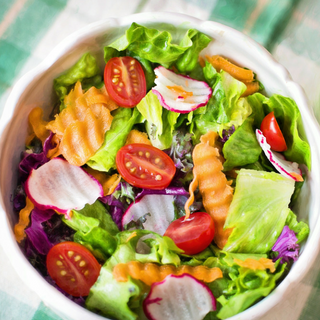
Salads
Why?
Grüner Veltliner has ‘green’ and savory characteristics which work well with hard-to-pair vegetables! Vegetal notes in wines tend to complement vegetable-inspired meals. The high acid and citrus in the wine integrate well with most salad dressings.
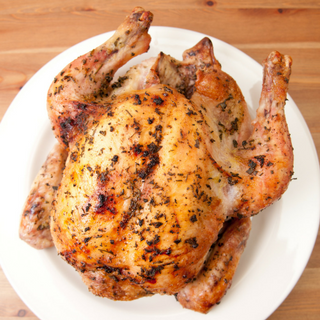
Roasted Chicken
Why?
Grüner Veltliner goes well with lighter meats like poultry and pork! Add some herbs or garlic and this wine will be the ultimate in polishing off this meal.
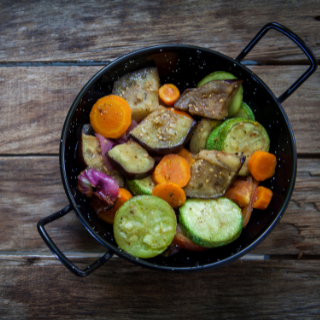
Roasted Vegetables
Why?
Similar to the salad description, Grüner Veltliner is the ultimate roasted vegetable wine. The flavors complement each other well, and even fuller-bodied styles still have mouthwatering acidity which keeps you coming back for more! This variety is known to be the best with asparagus and artichokes (which are exceptionally hard to pair with wine).
Other pairings include: Fish Shellfish, Cevice, Sushi, Pork, Sausage, Schnitzel, Soy, Soft Cheeses, Blue Cheese, Indian and Thai Food
What varieties are similar to Grüner Veltliner?
(common confusions)
Pinot Grigio has/is:
- less complexity of flavor (more “watery”)
- more phenolic bitterness
- less vegetal and herbal notes


A Certified Sommelier and Certified Specialist of Wine with a passion for everything wine + beverage!

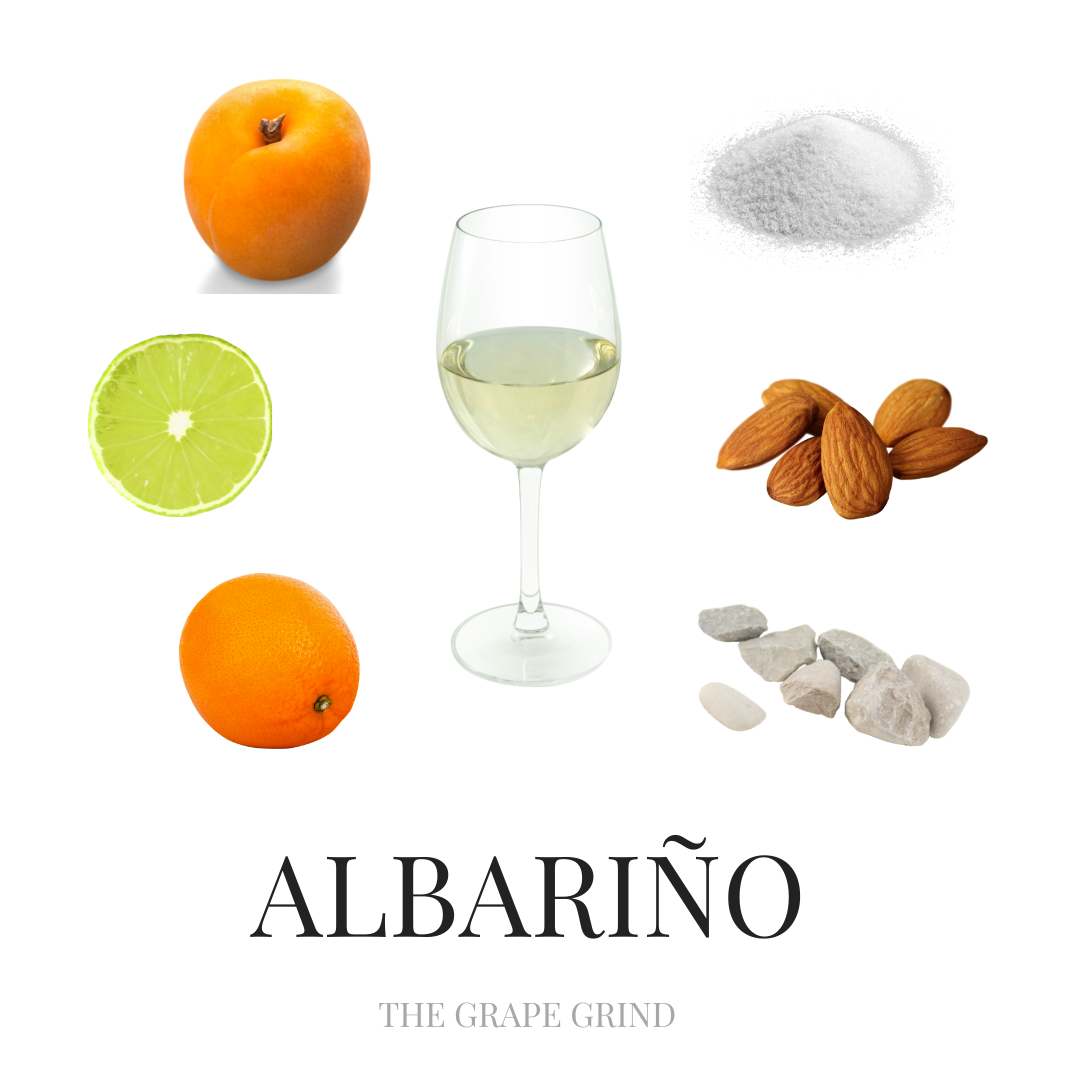
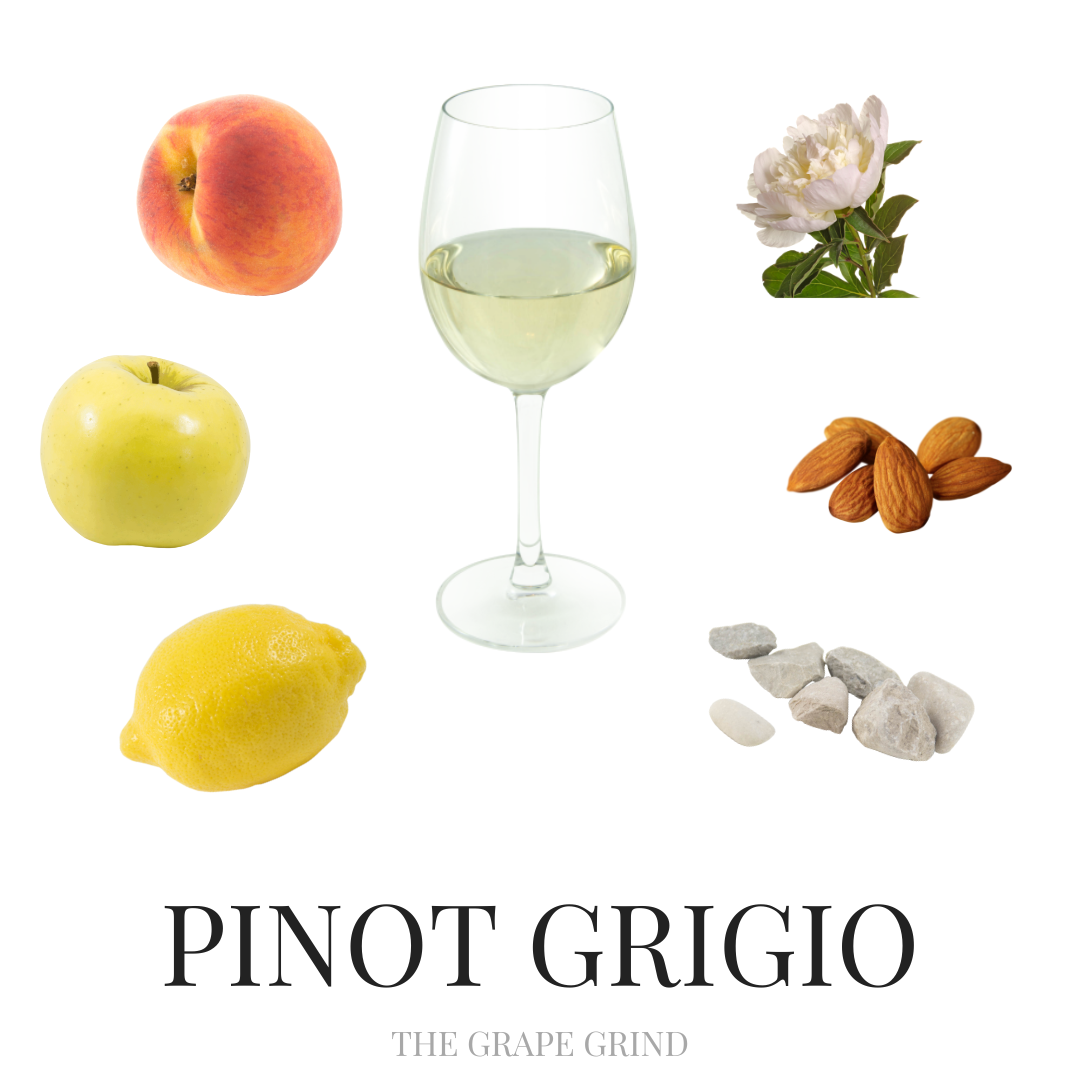


Good stuff as always! As big of a Gruener fan that I am, I was not aware of the Wachau designations!